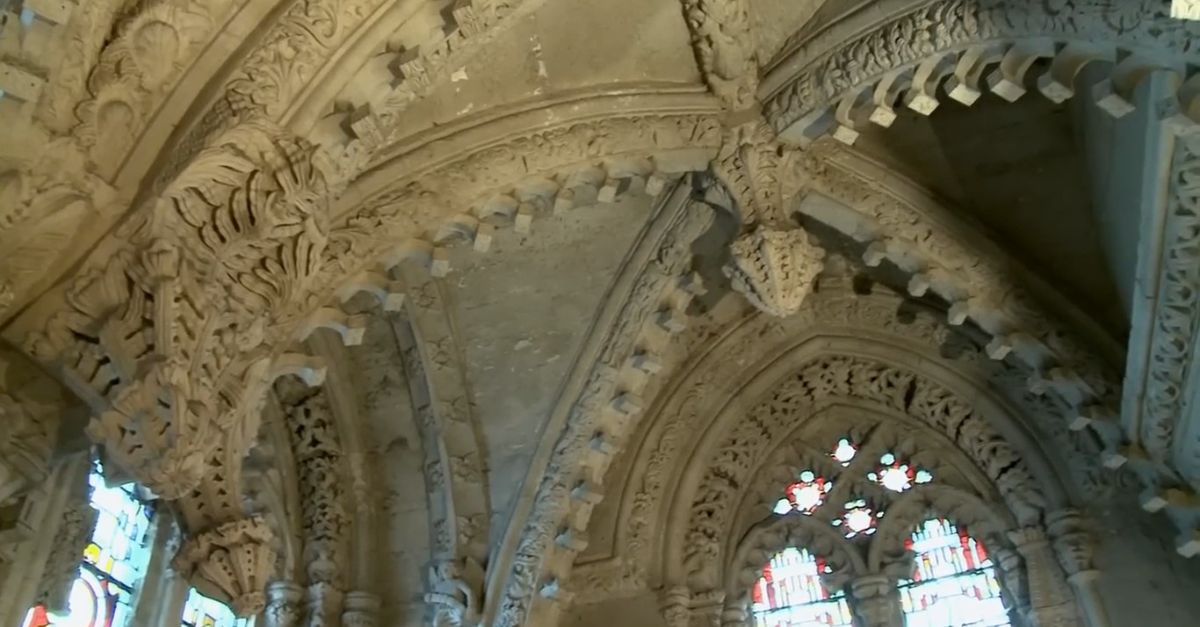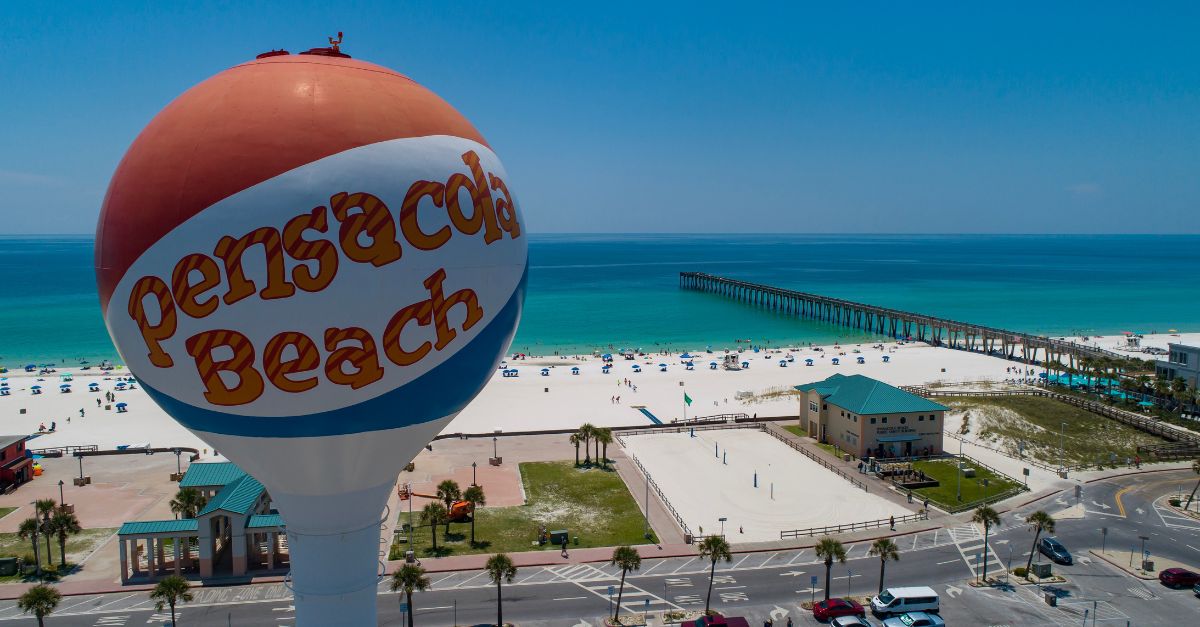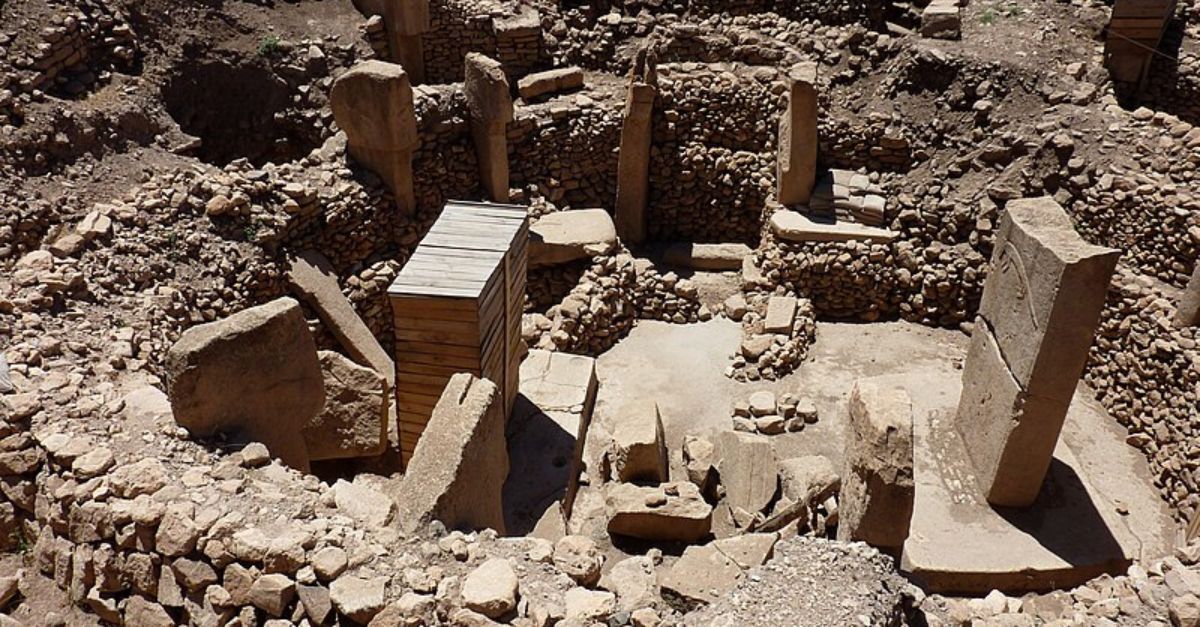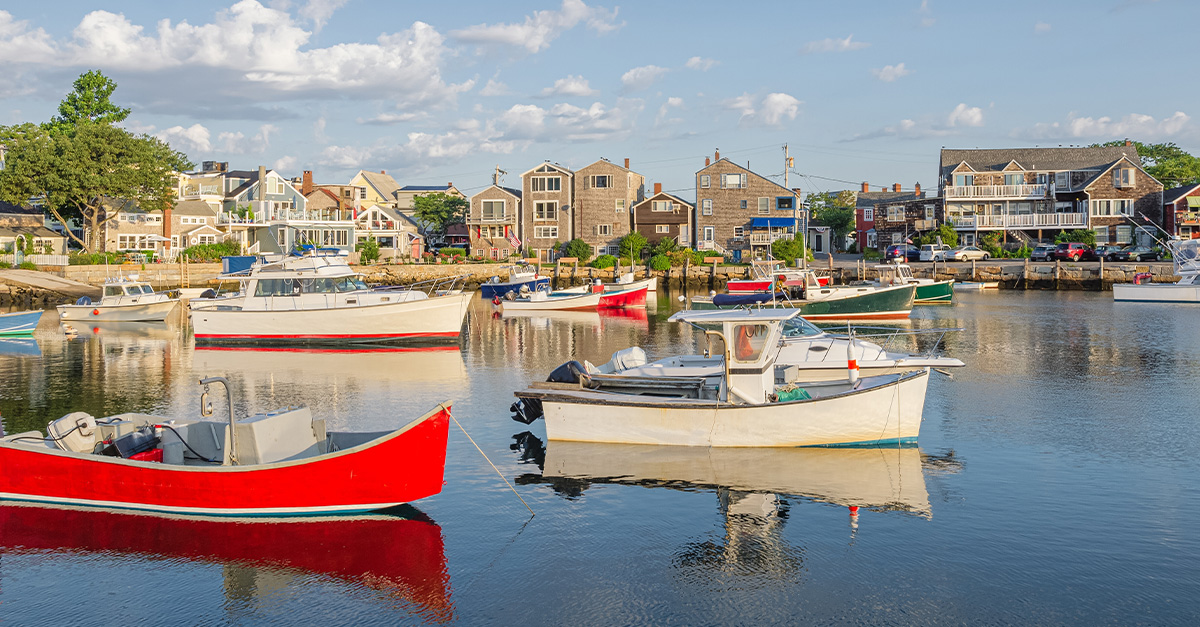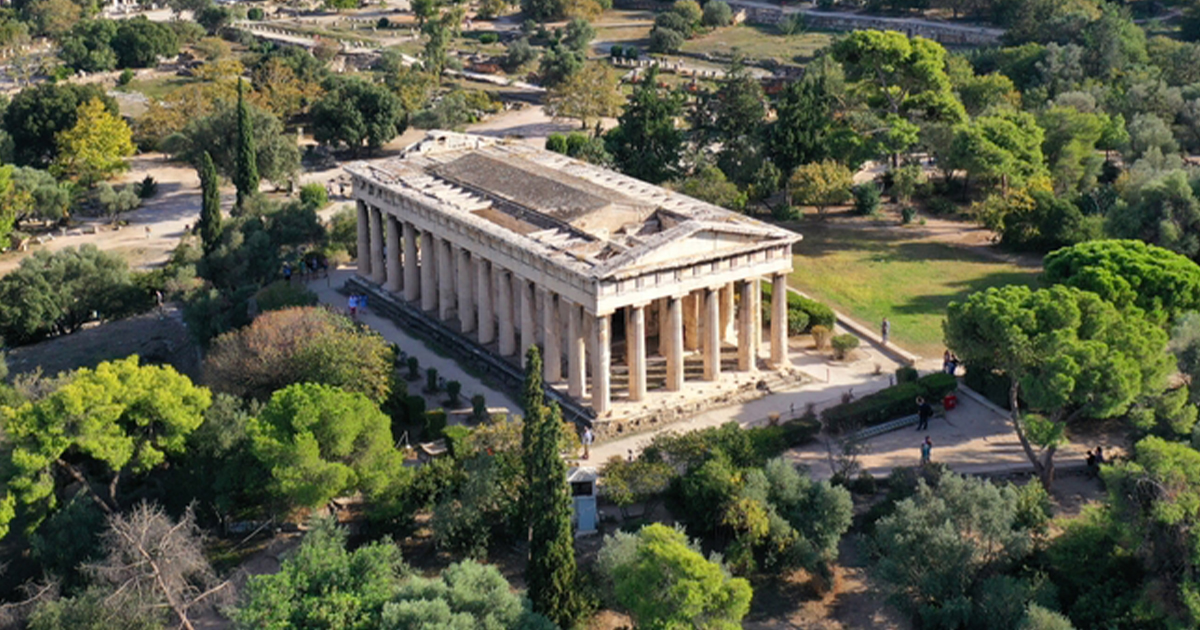Mysteriously Magical
"When I decided to write The Da Vinci Code, I knew that its finale would have to take place at the most mysterious and magical Chapel on earth—Rosslyn". That's what Dan Brown had to say about the beauty of this building. Read on to know its history and mystery.

Introduction And Founding
Founded all the way back in 1446, Rosslyn Chapel stands as one of Scotland's most intriguing medieval sites. William Sinclair, a nobleman with grand visions, ordered its construction as a family chapel. Little did he know his architectural dream would spark centuries of legends and conspiracy theories.
 Louis Daguerre, Wikimedia Commons
Louis Daguerre, Wikimedia Commons
Family Chapel Purpose
Building a private family chapel wasn't unusual for wealthy medieval families, by the way. Some viewed it as a display of religious devotion, while others saw it as a status symbol. But William Sinclair might've had another motivation. Legends say that he thought constructing it would guarantee his family's place in heaven.
 Anne Burgess / Rosslyn Chapel / CC BY-SA 2.0, Wikimedia Commons
Anne Burgess / Rosslyn Chapel / CC BY-SA 2.0, Wikimedia Commons
Original Construction Period
Construction of the chapel proved to be an ambitious project that stretched over four decades. Sadly, William Sinclair never saw his masterpiece completed, as he died in 1484. The original plans suggested a much grander structure—historians believe the current chapel is only about half the size of what was initially envisioned.
 Thomas Duesing, CC BY 2.0, Wikimedia Commons
Thomas Duesing, CC BY 2.0, Wikimedia Commons
Architectural Significance And Gothic Style
The chapel's design draws heavily from the French Gothic style that dominated medieval architecture. Like Paris' Notre Dame Cathedral, it features soaring arches and intricate stonework. The connection isn't coincidental—a lot of churches during that era took inspiration from it.
Similar Structures And Their Influence
Just 23 miles away stands Melrose Abbey, built a century earlier. The similarities between Rosslyn and Melrose are quite distinctive, with the same French architectural DNA. There is also the Glasgow Cathedral right in Scotland, which may have also been an inspiration for some of Rosslyn's designs.
The Stonemasons And Construction Mystery
Rosslyn's master craftsmen left behind an unprecedented legacy of intricate carvings, but their names have been lost to time. Their work combines Christian symbolism with pagan elements, which has led some to theorize the masons were part of secretive guilds or had access to lost knowledge.
 1/4 Rosslyn Chapel : A Treasure in Stone by Art Documentaries
1/4 Rosslyn Chapel : A Treasure in Stone by Art Documentaries
Interior Carvings Overview
When you tour the Rosslyn Chapel, you'll feel like you've walked into a storybook carved in stone. Every surface tells a tale, from biblical scenes to mythical creatures. For medieval visitors who couldn't read, these intricate carvings helped them understand stories of faith and morality.
 Guinnog, CC BY-SA 3.0, Wikimedia Commons
Guinnog, CC BY-SA 3.0, Wikimedia Commons
The Green Men Carvings
The mysterious "Green Men" steal the show, with 110 carvings scattered throughout the chapel. These faces, sprouting leaves and vines from their mouths, were pagan symbols that somehow found their way into Christian architecture. Nobody knows exactly why they're there, though.
 Johanne McInnis, CC BY 3.0, Wikimedia Commons
Johanne McInnis, CC BY 3.0, Wikimedia Commons
Biblical Stories
Angels playing bagpipes, dragons breathing fire, and devils dancing—Rosslyn's carvings break all the rules of traditional church decoration. One frieze shows the seven deadly sins, while another depicts seven virtues. Above, 213 cube-like boxes protrude from arches; their pattern and meaning are still debated.
The Musical Angels Theory
Two musicians, Tommy and Stuart Mitchell, believe they've cracked one of Rosslyn's biggest mysteries. According to their theory, those puzzling cube-like boxes actually form a musical tune carved in stone. They point to the chapel's musical angels, whose instruments are carved with such detail that even their tuning pegs are accurate.
 Stuart7m, CC BY 4.0, Wikimedia Commons
Stuart7m, CC BY 4.0, Wikimedia Commons
The Apprentice Pillar Legend
The Apprentice Pillar stands as the chapel's most famous feature, wrapped in a tragic tale. Stories from far and wide say a master mason traveled to Rome to study its design, but his apprentice completed it perfectly before his return. Enraged by the apprentice's skill, the master struck him dead.
 Tom Parnell, CC BY 2.0, Wikimedia Commons
Tom Parnell, CC BY 2.0, Wikimedia Commons
Exotic Plant Carvings Mystery
Among the botanical carvings, sharp-eyed visitors spotted something impossible: Sculptures of corn and aloe plants. These plants weren't known in Scotland until centuries after the chapel's construction. Some say this proves the Knights Templar traveled to America long before Columbus, bringing back knowledge of these plants.
 3/4 Rosslyn Chapel : A Treasure in Stone by Art Documentaries
3/4 Rosslyn Chapel : A Treasure in Stone by Art Documentaries
Solomon's Temple Connection
Early excavations revealed foundation walls extending far beyond the current building, and some scholars claim the chapel's layout mirrors Solomon's Temple of ancient Jerusalem's blueprints. This is where the theories about Templar influence come from. You see, the Templars were associated with the Crusades.
 SalemOptix, CC BY-SA 4.0, Wikimedia Commons
SalemOptix, CC BY-SA 4.0, Wikimedia Commons
Knights Templar Theories
Some believe these mysterious knights fled to Scotland in the 14th century, bringing their secrets with them. Local legends suggest they helped design Rosslyn Chapel, hiding coded messages in its elaborate carvings. Their supposed descendants, the Freemasons, are said to hold the keys to these ancient mysteries.
 Les Still, CC BY-SA 3.0, Wikimedia Commons
Les Still, CC BY-SA 3.0, Wikimedia Commons
A Crypt
Eight people of the Sinclair family have been buried in and around the chapel. Back in the day, there was rumored to be a crypt, which fueled all the stories about a hidden Holy Grail, treasures, the crown jewels of Scotland, mummified Jesus himself, etc.
 3/4 Rosslyn Chapel : A Treasure in Stone by Art Documentaries
3/4 Rosslyn Chapel : A Treasure in Stone by Art Documentaries
Holy Grail Connection
The Holy Grail theory might be Rosslyn's most famous legend. Some believe the sacred cup used at the Last Supper lies hidden somewhere within the chapel, possibly beneath the Apprentice Pillar. However, historians have already dismissed this idea.
 Ymblanter, CC BY-SA 4.0, Wikimedia Commons
Ymblanter, CC BY-SA 4.0, Wikimedia Commons
Scottish Reformation Impact
The Scottish Reformation brought dark times to Rosslyn Chapel. For centuries, it remained closed to all except the Sinclair family. The harsh Scottish weather took its toll, leading to limestone walls absorbing moisture and moss-covered surfaces. The once-magnificent structure began crumbling.
 ronnie leask / Roslin or Rosslyn Chapel / CC BY-SA 2.0, Wikimedia Commons
ronnie leask / Roslin or Rosslyn Chapel / CC BY-SA 2.0, Wikimedia Commons
Victorian Era And Queen Victoria's Visit
Hope arrived in 1842 when Queen Victoria visited the deteriorating chapel. Moved by its beauty despite its decay, she declared it worthy of preservation. This royal interest sparked the first wave of restoration efforts, leading to the chapel's reopening to the public in 1861.
 Alexander Bassano, Wikimedia Commons
Alexander Bassano, Wikimedia Commons
1861 Reopening
Rosslyn Chapel saw a resurgence in 1861 when it reopened after a period of neglect. Led by the 3rd Earl of Rosslyn, the restoration brought the chapel back to life. Its stunning carvings and Gothic details were carefully revived, letting people once again appreciate the incredible craftsmanship and beauty that made it so special.
 Unknown Author, Wikimedia Commons
Unknown Author, Wikimedia Commons
Survived Arson
As a part of the women's suffragette movement, they carried out arson attacks throughout the country. Churches mainly got burnt because of it, and one of those was the Rosslyn Chapel. July 11, 1914, was when the attack was carried out. It destroyed the building from the inside.
 LSE Library, Wikimedia Commons
LSE Library, Wikimedia Commons
1954 Restoration Crisis
By 1954, things looked even worse. Scotland's Ministry of Works declared the building was in critical condition due to extreme dampness. Without immediate action, this architectural treasure faced condemnation. A new restoration project launched quickly, but not all solutions proved helpful.
 Is this the home of the Holy Grail? - Rosslyn Chapel - Scotland. by TripAndCash
Is this the home of the Holy Grail? - Rosslyn Chapel - Scotland. by TripAndCash
The Problematic Cement Restoration
Well-meaning workers used cement slurry to coat the stones, creating unexpected problems. The coating trapped existing moisture inside the stones and obscured fine carving details. Modern conservators still struggle to find cost-effective ways to undo this damage while protecting the chapel's fragile structure.
 Supergolden, CC BY-SA 3.0, Wikimedia Commons
Supergolden, CC BY-SA 3.0, Wikimedia Commons
Modern Preservation Efforts
Today, the Rosslyn Chapel Trust spearheads these conservation efforts. Advanced technologies protect the delicate stonework from environmental damage. These ongoing projects, supported by visitors and donations, help maintain the chapel's historic charm for future generations.
 The Mysterious Rosslyn Chapel - Legend and Intrigue by Igor Travels The World
The Mysterious Rosslyn Chapel - Legend and Intrigue by Igor Travels The World
Recent Castle Restoration
Recently, Rosslyn Castle underwent around $6 million (£5 million) restoration, earning recognition from The Scottish Property Awards 2025. Six heat pumps now provide heating and hot water, which makes it Net Zero-ready. This effort makes Rosslyn Castle among the world's oldest buildings to adopt such green technology.
 Visiting Rosslyn Chapel, the Rosslyn Castle, and William the Cat by Blonde Nomad
Visiting Rosslyn Chapel, the Rosslyn Castle, and William the Cat by Blonde Nomad
The Da Vinci Code Impact
Dan Brown's "The Da Vinci Code" transformed Rosslyn Chapel into a global sensation. Visitor numbers skyrocketed from 38,000 to 176,000, especially after the 2006 movie release. Even Tom Hanks praised it, saying, "Few destinations live up to their billing, but Rosslyn was all that one could imagine".
 The Da Vinci Code (8/8) Movie CLIP - Maybe Human Is Divine (2006) HD by Movieclips
The Da Vinci Code (8/8) Movie CLIP - Maybe Human Is Divine (2006) HD by Movieclips
William The Chapel Cat's Story
William, the beloved Chapel Cat of Rosslyn, lived a remarkable 17 years. Named after Sir William Sinclair, he often curled up on pews. The tuxedo cat inspired a children's book by the Countess of Rosslyn and was featured in international cat magazines like Japan's Neko Biyori.
 Visiting Rosslyn Chapel, the Rosslyn Castle, and William the Cat by Blonde Nomad
Visiting Rosslyn Chapel, the Rosslyn Castle, and William the Cat by Blonde Nomad
Current Ownership And Status
Rosslyn Chapel has remained under the stewardship of the Sinclair family since its foundation in 1446. Currently, Peter St Clair-Erskine, the 7th Earl of Rosslyn, oversees its preservation. The Rosslyn Chapel Trust, established in 1995, manages conservation efforts and visitor engagement.

